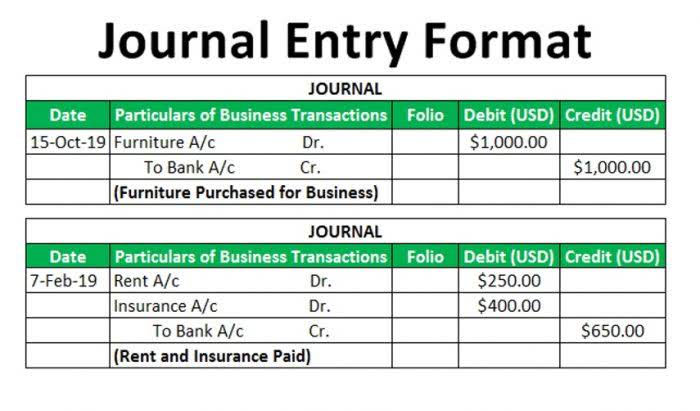The float, for instance, has no bearing on market capitalization or earnings per share. But the supply of shares in the market can have a bearing on trading dynamics. shares outstanding formula Basic shares outstanding represent the actual number of shares outstanding during a period.
Authorized Shares
For instance, stock buybacks may increase the value of the remaining shares of stock and improve metrics such as earnings per share because there are fewer shares outstanding. A stock split occurs when a company increases the number of its https://www.facebook.com/BooksTimeInc outstanding shares without changing its overall market cap or value. Shares outstanding are useful for calculating many widely used measures of a company, like its market capitalization and earnings per share (EPS).
- Overall, the number of shares outstanding, the metrics you can calculate from it, and related metrics — like the float — provide key insights to investors.
- Get instant access to video lessons taught by experienced investment bankers.
- The seven billion floating shares are the shares considered for the free float, market capitalization index weightings.
- Outstanding shares include a company’s common stock held by individual investors, institutional investors and restricted shares held by company officers and insiders.
- They are the number of shares actually owned by the company’s shareholders.
- The shares that are available for public trading are called the company’s stock float.
- Shares outstanding are all the shares of a corporation that have been authorized, issued and purchased by investors and are held by them.
Example of Shares Outstanding vs. Floating Stock
Evaluating the trend of this number provides useful insights to investors. Importantly, the number of shares outstanding is dynamic and fluctuates over time. When you buy stock in a company, you are buying an ownership stake, which is issued as a share of stock. Obviously, those option holders in theory could exercise their options to create new shares. Should they do so, however, they would also contribute $50 million in cash to the corporate treasury.
- Companies may issue shares from time to time to fund growth or to reward executives and other insiders, so the number can vary from quarter to quarter.
- But for mature companies with relatively little movement in share count (either basic or diluted), quarterly and annual data from public sources should easily suffice for solid fundamental analysis.
- Shares outstanding refer to a company’s stock currently held by all its shareholders, including share blocks held by institutional investors and restricted shares owned by the company’s officers and insiders.
- You can find outstanding shares in the company’s most recent annual report found on Form 10-K or on quarterly 10-Q filings.
- While the number of outstanding shares and the public float may be the same, they don’t have to be, such as in the case of one company owning the shares of another company with no plans to sell them.
Weighted Average of Outstanding Shares
- The fully diluted number of shares indicates how many outstanding shares there could potentially be if all existing equity instruments were converted into common stock.
- These stockholders typically include officers, directors, and company-sponsored foundations.
- When you look a little closer at the quotes for a company’s stock, there may be some obscure terms you’ve never encountered.
- As you look through a company’s financial documents, don’t confuse outstanding shares with issued shares, which is a slightly different category and includes treasury stock.
Outstanding shares also include any blocks of stock held by institutional investors, such as mutual or pension fund companies. Outstanding shares impact a company’s market capitalization, which is calculated by multiplying the stock price by the number of outstanding shares. Changes in the number of outstanding shares can affect the stock price by altering supply and demand dynamics.
For blue chip stocks, multiple stock splits over decades contribute to market capitalization growth and investor portfolio expansion. However, simply increasing outstanding shares isn’t a guarantee of success; companies must consistently deliver earnings growth to achieve sustained investor confidence. In a stock split, a company exchanges its stock for more shares (in a forward split) or fewer shares (in a reverse split). The total number of what are retained earnings shares in circulation increases or decreases according to the stock split’s exchange ratio.





